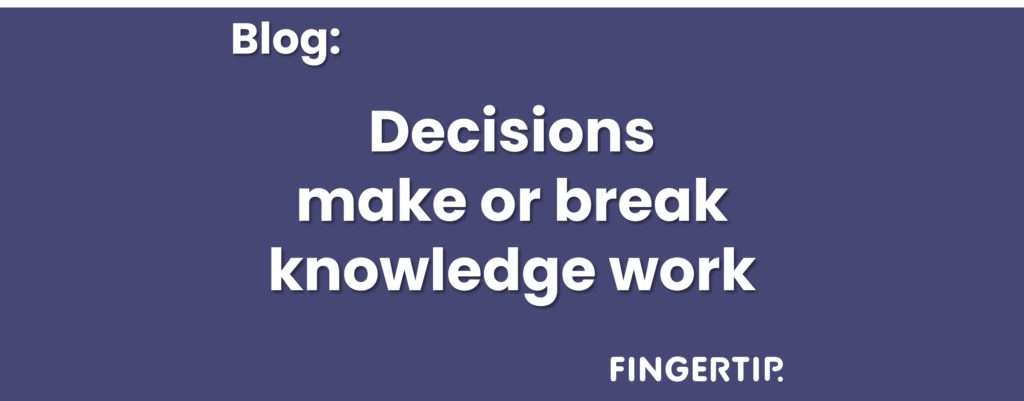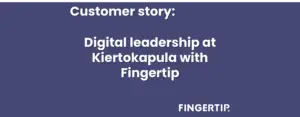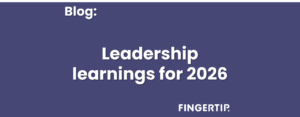Executives spend almost 40% of their time making decisions. Worse yet, they think it is not time well spent. Sitting on decisions costs the largest organizations hundreds of millions of dollars per year. And when they make bad decisions, the costs just add up.
Where does the cost come from? Mostly from sitting in meetings. Our research shows that only 0.5 decisions are made in an average meeting. That is one decision for every two meetings. Not ideal.
In conclusion: To make faster decision making, focus on better meetings. We’ve made a convenient list of ten things you can do to improve meeting management, which you can read here.
Social decision making improves decision quality
Reducing time spent making decisions does not improve their quality. For that you need another approach. Fingertip has developed the social decision making model for that exact purpose. Its key features are clear roles, actionable follow-up, and a decision lifecycle. Fingertip is also operated in Microsoft Teams, which makes it easy to use and reduces context switching.
Fingertip uses the ARI model to define the roles of participants. This helps you make clear distinction between the decision maker (A = Accountable), the responsible executors (R = Responsible), and the advisors (I = Informed). Having these roles allows involving more affected people in decision making. It also tells them exactly what is expected of them.
A good decision is the one that gets implemented. To ensure decisions are followed up, Fingertip ties actionable tasks directly to the decision, with owners and deadlines. They also show up in their personal backlog in Fingertip. This makes the expectations even clearer.
The social decision making lifecycle is a Fingertip innovation that ensures speed in decision making. It starts at drafting the proposal and ends at archiving after implementation is done. The lifecycle helps understand the status of the decision and highlights problems and bottlenecks. It also allows making decisions between meetings with a digital process.
Decision making in Fingertip is also part of daily work in Microsoft Teams. Teams is the home of knowledge work and communication. Fingertip relates decision making and implementation to Teams channels, which helps understand the total impact. It also collects decisions from different channels to understand the dynamics of decision making across the organization.
Fingertip’s social decision making is collaborative and integrated to daily work. It has less context switching and searching for information, freeing up time for creative work. It ensures no message is left on read, and that the best knowledge is always available to make the best decisions, together.
Read more about Fingertip decision making here and let us know if you’d like to book a personal demonstration!




